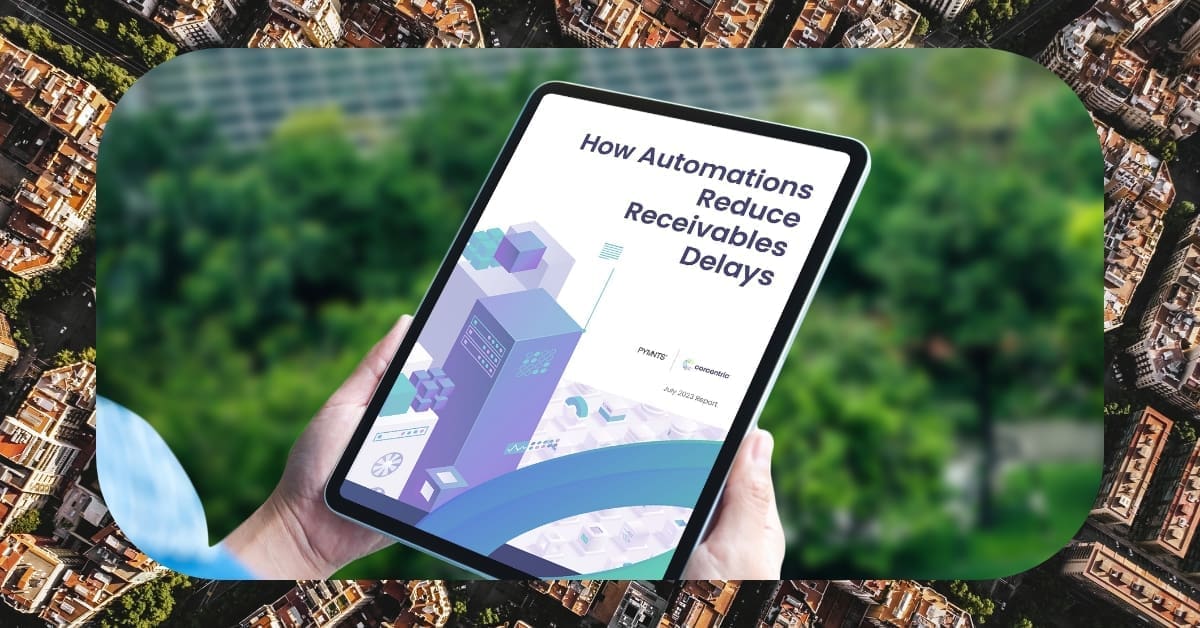Procurement Savings Through Strategic Managed Services
Corcentric

STRATEGIC PROCUREMENT SOLUTION
Organizations often struggle to optimize their long-term savings opportunities in procurement initiatives. Executives in the finance departments of these companies must equip themselves with the knowledge and tools necessary to effectively strategize, manage, and organize services that they seek in these initiatives. This article discusses strategic managed service procurement including step-by-step guide on how to utilize such solution to maximize cost savings.
Firstly, regardless of the service offered, stakeholders must identify the correct scope of market value among potential suppliers. Executives should take the time to analyze overall costs, benefits, and potential risks before awarding contract. During this analysis, companies can often benefit by leveraging diversified supply pool to reduce supply chain risk.
Next, to ensure the greatest savings, companies should reach out to multiple suppliers when inquiring about given managed service. Executives can quickly obtain pricing insights from competing providers to ensure the organization remains competitive on price without sacrificing quality of service. Executives should also consider innovative payment options such as deferred payment or metric-driven payments which many service providers are now offering.
Source evaluation and selection should come next. it is important to thoroughly evaluate list of prospective suppliers for the desired managed service. Executives should look for providers that can offer flexible or customized contracts, reliable customer service, good track record for successful service delivery, and ongoing support and maintenance agreements.
Executives should prepare Request for Proposal (RFP) that clearly outlines the goals, objectives, requirements, and preferences of the company when seeking managed service offering. Developing an efficient procurement strategy, mindset, and timeline is important when setting competitive expectations in an RFP.
Leading up to negotiation, it is important to develop list of service-level agreements (SLAs) that indicate the quality and performance expectations the company holds. By accounting for the objectives, scope, and schedules of specific service components and outlining the implications if goals are not achieved, organizations can ensure high level of accountability and transparency during managed service contracts.
When negotiating the managed service agreement, executives should keep in mind negotiating tactics such as standard discounts, volume discounts, and partial payments capped or held in escrow as well as other stipulations that best protect their interests. Contracts should also be reviewed for important clauses, such as termination clauses, intellectual property ownership clauses, and non-solicitation clauses.
The organizationshould also consider using third-party procurement software to facilitate the process, help maintain records of the negotiation process, and to ensure expertise is utilized in the decision-making process.
After the contract is awarded, it is sometimes useful to perform customer satisfaction surveys at appropriate intervals to review and assess performance of the suppliers. This can keep managed service relationships mutually beneficial and beneficial to cost savings.
The above strategy and step-by-step guide gives executives in the finance department the insights necessary to make strategic procurement decisions in managed services. Saving money while ensuring high quality of service is the ultimate goal. By undertaking the above approach, the organization can meet its financial objectives while also reducing total spend and risk associated with managing services.

